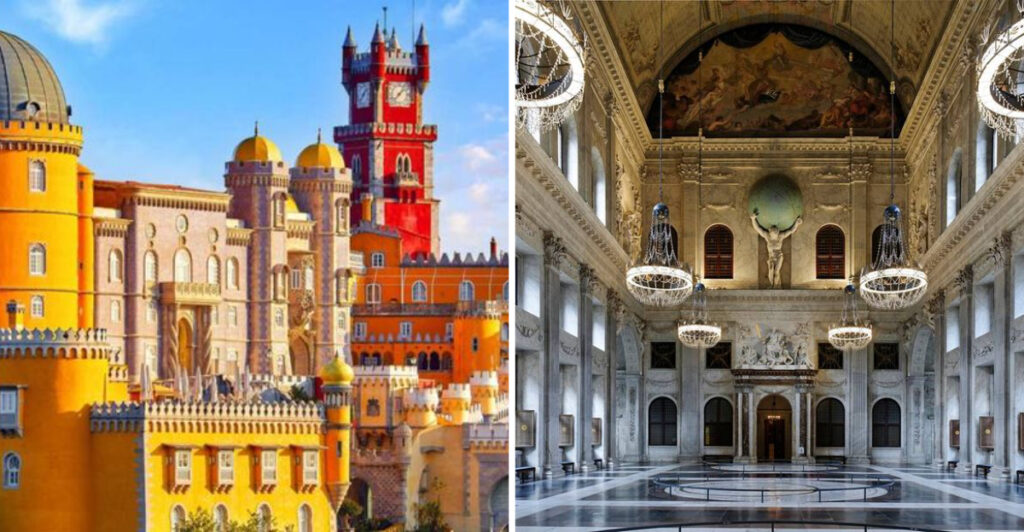Discover a selection of 23 royal palaces around the globe that welcome tourists to explore their historic halls and stunning architecture. While many travelers flock to renowned locations, some hidden gems remain surprisingly under-visited. This guide showcases not only the opulent beauty and rich history of these magnificent structures but also unveils the charming, often overlooked palace that sits at number seven. Ready to embark on a regal journey?
Buckingham Palace
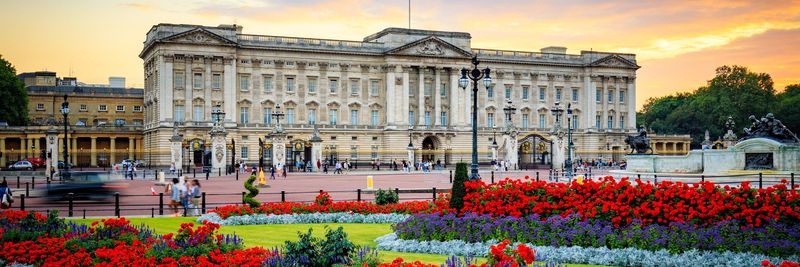
Buckingham Palace, in the heart of London, is the official residence of the British monarch. Open to the public during the summer months, visitors can tour the lavish State Rooms and witness the iconic Changing of the Guard ceremony. The palace boasts 775 rooms, including 19 State Rooms adorned with treasures from the Royal Collection. Its majestic façade and sprawling gardens offer a glimpse into royal life. An intriguing fact: the palace was originally a large townhouse built for the Duke of Buckingham in 1703, later acquired by King George III in 1761 for Queen Charlotte.
Palace of Versailles
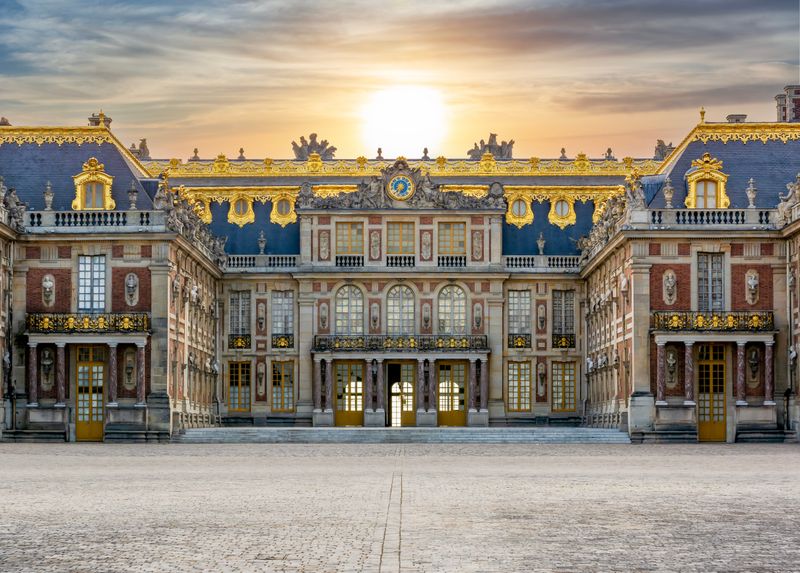
The Palace of Versailles, near Paris, is a symbol of opulence and grandeur. Once the center of political power in France, it now stands as a testament to the extravagance of the French monarchy. Visitors can explore the Hall of Mirrors, the Grand Apartments, and the stunning gardens designed by André Le Nôtre. A surprising tidbit: the Treaty of Versailles, which ended World War I, was signed in the Hall of Mirrors in 1919. This palace, with its rich history and architectural brilliance, continues to captivate millions of tourists each year.
Alhambra
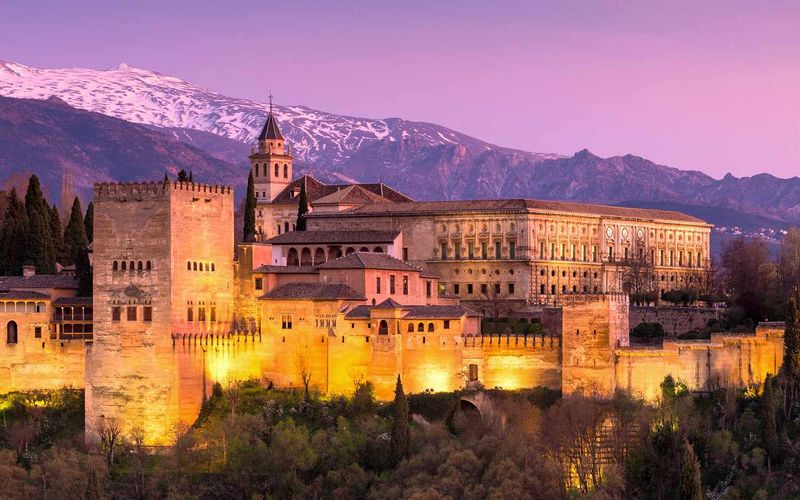
Perched atop a hill in Granada, Spain, the Alhambra is a masterpiece of Islamic architecture. Originally constructed as a fortress in the mid-13th century, it later became the palace of the Nasrid sultans. Visitors can wander through elegant courtyards, such as the Court of the Lions, and marvel at the intricate stucco work and serene gardens. Fun fact: the Alhambra’s name comes from the Arabic “Al-Qal’a al-Hamra,” meaning “The Red Castle,” due to the reddish hue of its walls. This historic site offers a unique glimpse into Spain’s diverse cultural heritage.
Winter Palace
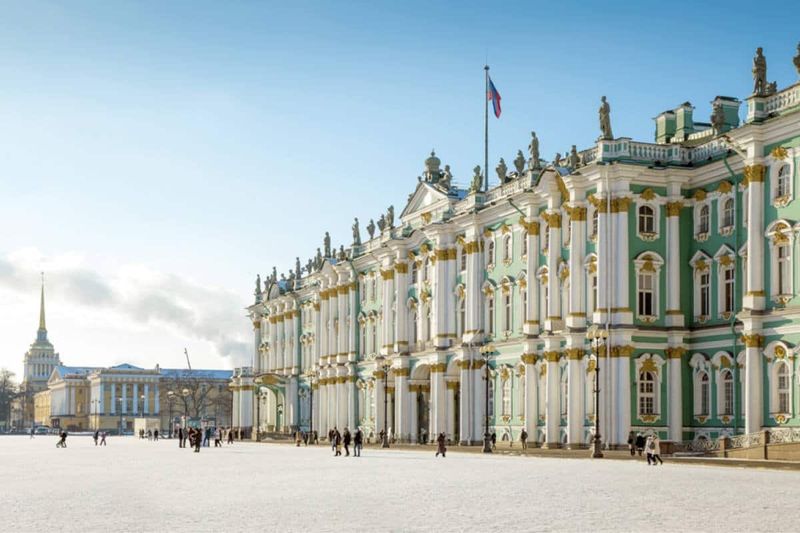
Once the residence of the Russian tsars, the Winter Palace in St. Petersburg is now part of the Hermitage Museum. Its baroque architecture and vibrant green-and-white façade make it an iconic landmark. Inside, visitors can explore lavish rooms filled with art and artifacts spanning centuries. An interesting note: the palace was stormed during the October Revolution of 1917, marking a significant moment in Russian history. With over three million works of art, the Hermitage is one of the largest and oldest museums in the world, drawing millions to this cultural treasure.
Topkapi Palace
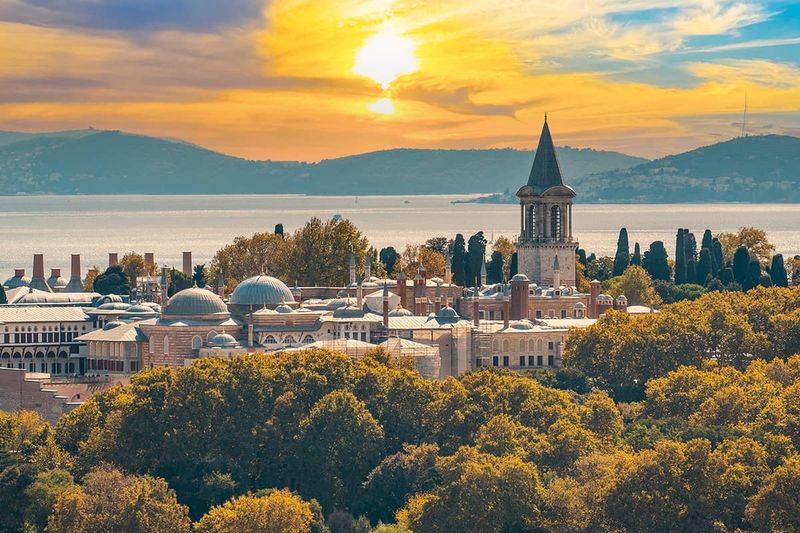
Topkapi Palace, in Istanbul, Turkey, served as the primary residence of Ottoman sultans for nearly 400 years. It is now a museum that showcases the grandeur of the Ottoman Empire. Visitors can explore palatial courtyards, the Harem, and the Treasury, which houses jewels, armor, and religious relics. A trivia: the palace’s imperial cooking quarters, one of the largest in the world, prepared meals for up to 5,000 people daily. Each corner of Topkapi reveals a piece of history, offering an immersive experience into the opulent past of the Ottoman rulers.
Neuschwanstein Castle
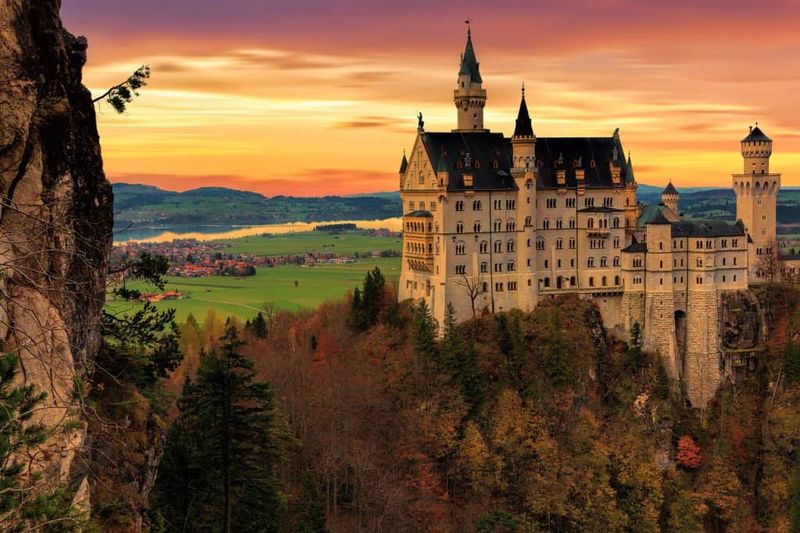
Neuschwanstein Castle, often called “the fairy-tale castle,” was commissioned by King Ludwig II of Bavaria in the 19th century. Its romantic architecture inspired Walt Disney’s Sleeping Beauty Castle. Situated atop a rugged hill, the castle offers breathtaking views of the surrounding landscape. Inside, visitors can explore rooms adorned with murals depicting scenes from Wagner’s operas. An enchanting fact: King Ludwig was a reclusive dreamer who dedicated the castle to the composer Richard Wagner. Neuschwanstein’s whimsical design and stunning location make it a must-visit for those seeking a magical experience.
Schönbrunn Palace
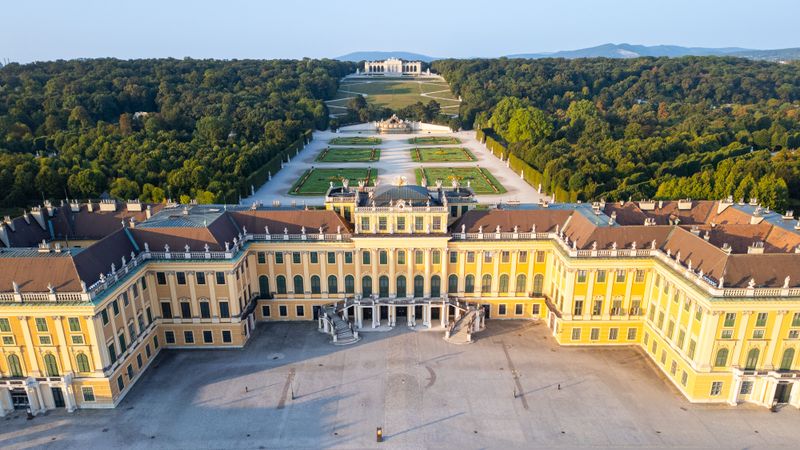
Schönbrunn Palace in Vienna, Austria, stands as a stunning example of Baroque architecture and the former imperial summer residence. With 1,441 rooms, it was the home of the Habsburg monarchy. Visitors can wander through the opulent Great Gallery, the Hall of Mirrors, and the luxurious chambers of Emperor Franz Joseph. The palace gardens, featuring a maze and the world’s oldest zoo, offer a delightful escape. Intriguingly, the palace’s name means “beautiful spring,” reflecting the pure water sources once found here. Schönbrunn remains a grand testament to Austria’s royal heritage.
Forbidden City
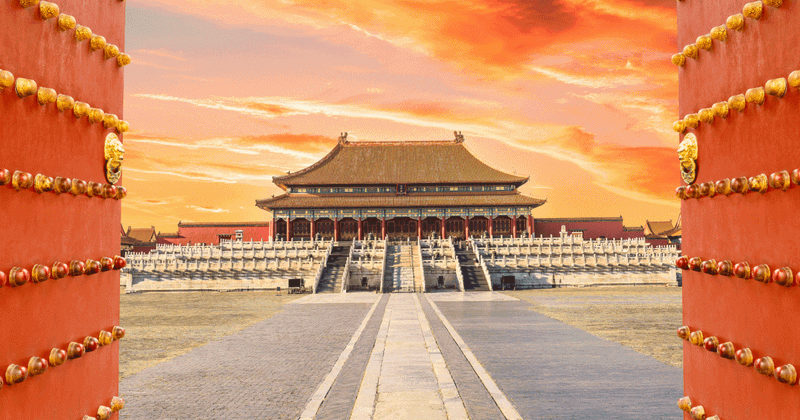
The Forbidden City, located in Beijing, China, served as the imperial palace for 24 emperors during the Ming and Qing dynasties. This architectural marvel covers 180 acres and includes nearly 1,000 buildings. Visitors can traverse the vast courtyards and admire the intricate designs of the Hall of Supreme Harmony. An interesting fact: the palace gets its name from the fact that commoners were historically forbidden from entering without permission. Today, it stands as a symbol of China’s rich history and culture, drawing millions of visitors to its storied halls each year.
Catherine Palace

Catherine Palace, located in Pushkin, Russia, showcases Rococo architecture’s splendor. Built for Empress Catherine I, it later became a summer residence for Russian tsars. Visitors can explore the famous Amber Room, adorned with amber panels and gold leaf, and wander through the Grand Hall. A fascinating detail: during World War II, the palace suffered extensive damage, but restoration efforts have revived its former glory. The palace’s brilliant design and rich history offer a captivating journey into the opulent lives of Russian royalty, making it a favorite among tourists.
Peterhof Palace
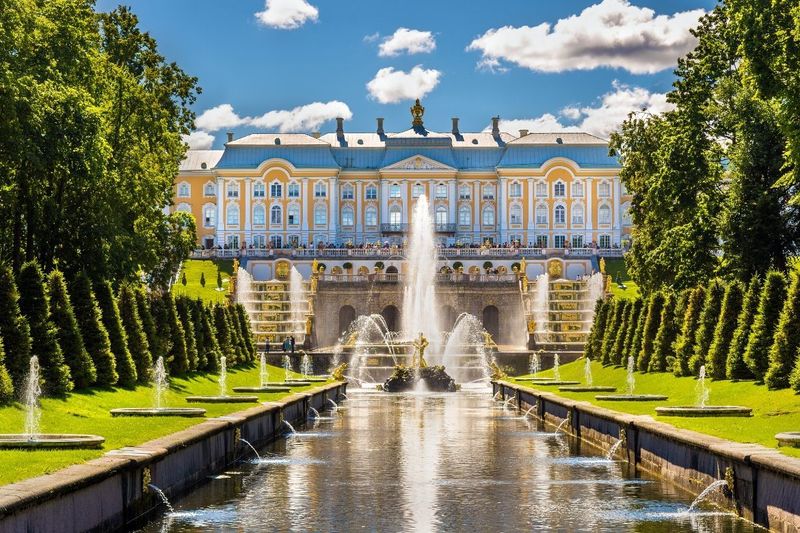
Peterhof Palace, often referred to as the “Russian Versailles,” is located near St. Petersburg and offers a glimpse into the grandeur of the Russian imperial court. Founded by Peter the Great, it features luxurious rooms and extensive gardens with elaborate fountains. The Grand Cascade, a series of waterfalls and fountains, is a highlight. Intriguingly, the palace was designed to rival the opulence of Versailles. With its magnificent architecture and stunning water features, Peterhof continues to enchant visitors from around the world, showcasing the splendor of Russia’s royal heritage.
Palace of Holyroodhouse
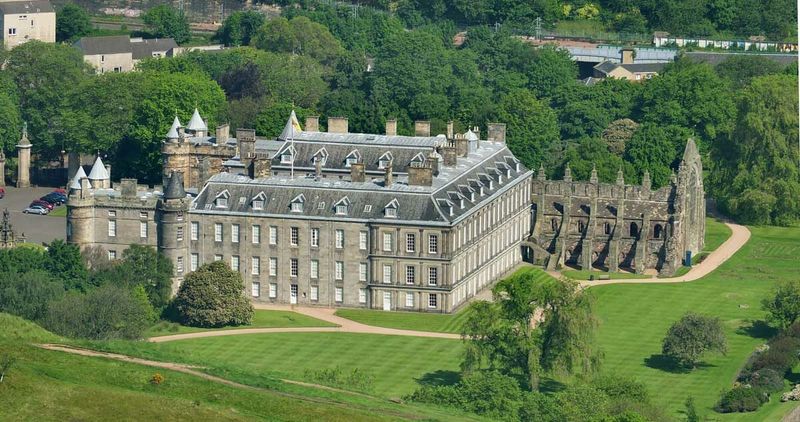
Situated at the end of Edinburgh’s Royal Mile, the Palace of Holyroodhouse serves as the official residence of the British monarch in Scotland. Visitors can explore the State Apartments, the ruins of Holyrood Abbey, and the beautiful gardens. This palace has witnessed significant historical events, including the marriage of Mary, Queen of Scots. An amusing fact: the palace hosts the annual Royal Garden Party, attended by thousands. With its rich history and royal connections, Holyroodhouse provides an intriguing experience for those interested in British and Scottish heritage.
Royal Palace of Madrid
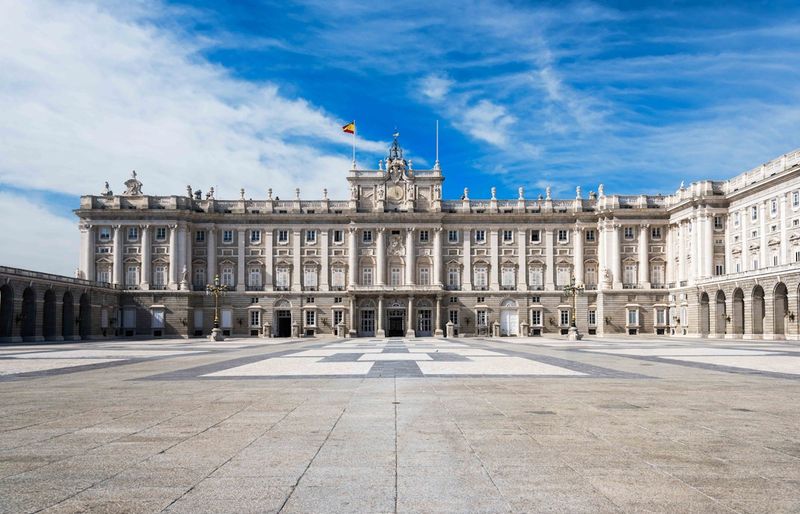
The Royal Palace of Madrid, the largest functioning royal palace in Europe, serves as the official residence of the Spanish royal family, though now it is primarily used for state ceremonies. Visitors can marvel at the lavishly decorated rooms, including the Throne Room and the Royal Armoury. A fun tidbit: the palace has more than 3,000 rooms, a testament to Spanish royal grandeur. Its exquisite architecture and rich history make it a must-see for tourists visiting Madrid. Throughout the year, the Changing of the Guard ceremony adds a touch of regal tradition to the visit.
Château de Chambord
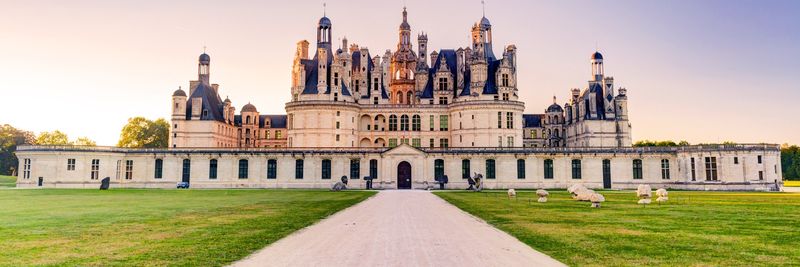
Château de Chambord, located in the Loire Valley, France, is a masterpiece of French Renaissance architecture. Commissioned by King Francis I, the castle features a double-helix staircase, attributed to Leonardo da Vinci. Visitors can explore opulent rooms and expansive grounds. The castle’s 440 rooms and 365 fireplaces make it a grand spectacle. A delightful fact: the château was originally conceived as a hunting lodge. Its unique design and historical significance attract visitors from across the globe, offering a captivating insight into the extravagant lifestyles of French royalty.
Royal Palace of Caserta
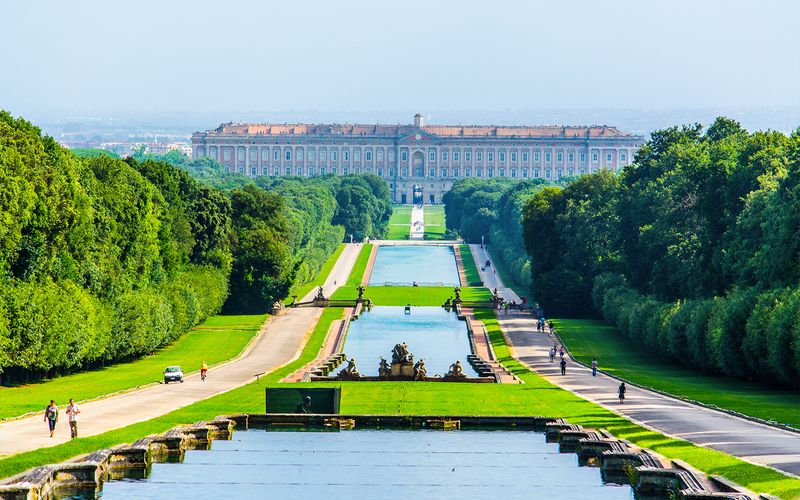
The Royal Palace of Caserta, near Naples, Italy, is one of the largest royal residences in the world. Built in the 18th century for the Bourbon kings of Naples, it features over 1,200 rooms and a stunning Baroque design. Visitors can explore the opulent interiors and admire the extensive gardens and fountains. Intriguingly, the palace served as a filming location for several movies, including Star Wars. Its grandeur and architectural brilliance make it an essential visit for those interested in Italian history and culture, offering a taste of royal extravagance.
Palace of Schönhausen
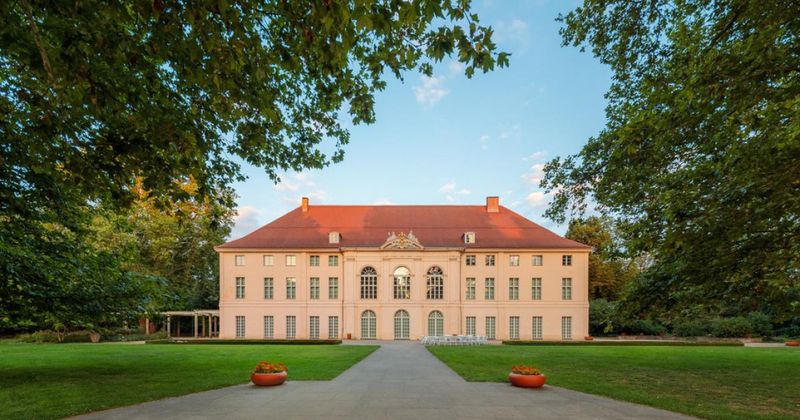
Located in Berlin, the Palace of Schönhausen is a symbol of Prussian history and elegance. Originally built in the 17th century, it has served various roles, including as a royal residence and a guest house for state visitors during the GDR era. Visitors can tour the beautifully restored rooms and lush gardens. An intriguing detail: the palace has hosted notable figures such as Napoleon Bonaparte. Its rich history and architectural beauty provide a unique glimpse into Berlin’s past, making it a fascinating destination for history enthusiasts and tourists alike.
Pena Palace
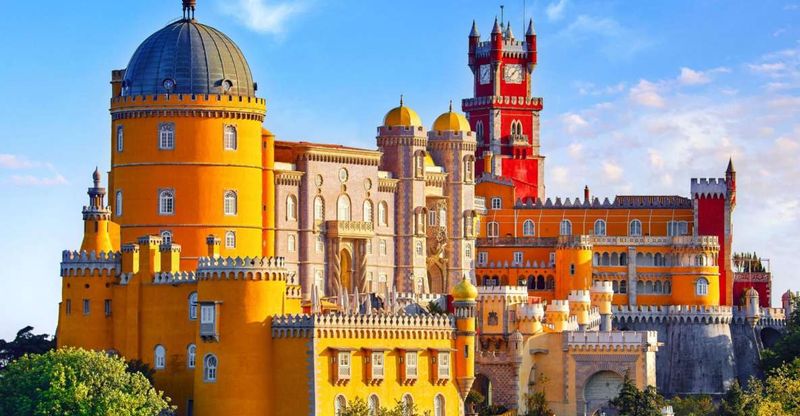
Perched atop a hill in Sintra, Portugal, the Pena Palace is celebrated for its vivid colors and eclectic design. A Romanticist castle, it was commissioned by King Ferdinand II in the 19th century. Visitors can explore the opulent interiors and enjoy panoramic views from the terraces. A charming fun fact: the palace is often enveloped in mist, creating a mystical aura. Its unique architecture, combining Moorish and Manueline styles, makes Pena Palace a UNESCO World Heritage Site and a must-visit for travelers seeking a blend of history and fantasy.
Palace of the Popes
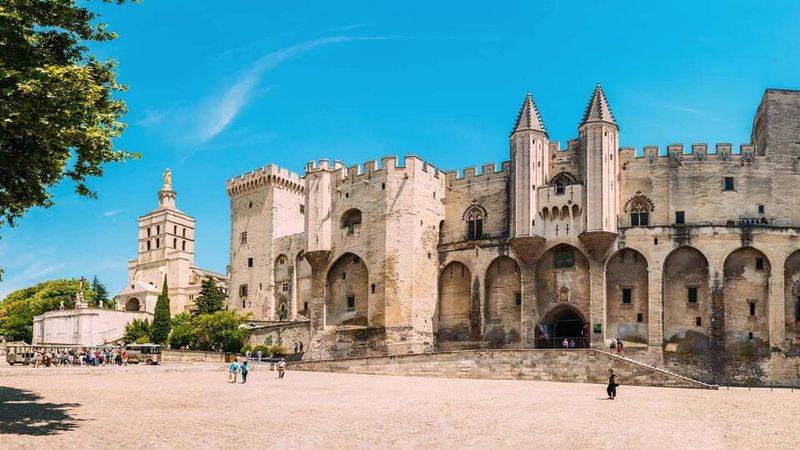
Once the seat of the Catholic Church, the Palace of the Popes in Avignon, France, is one of the largest and most important medieval Gothic buildings in Europe. Built in the 14th century, it served as the residence for several popes. Visitors can explore the grand halls, chapels, and towers, experiencing the grandeur of its ecclesiastical past. An intriguing fact: the palace was fortified with strong walls, reflecting the turbulent times of its construction. Its historical significance and architectural majesty continue to attract visitors from around the world, offering a unique glimpse into the papal history.
Mysore Palace
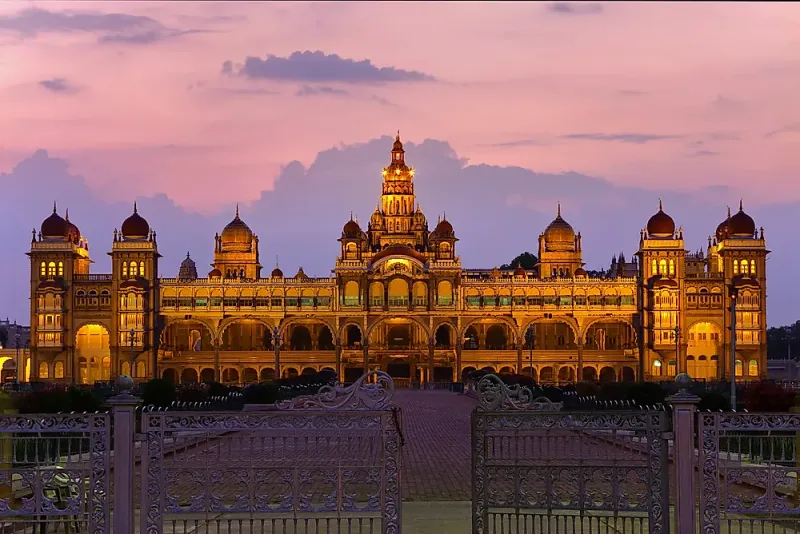
Mysore Palace, located in Karnataka, India, is a stunning example of Indo-Saracenic architecture, blending Hindu, Muslim, and Gothic styles. The official residence of the Wadiyar dynasty, it dazzles visitors with its intricate craftsmanship. The palace is particularly magical during the annual Dasara festival when it’s illuminated with thousands of lights. A fascinating tidbit: the current structure was built in the early 20th century after a fire destroyed the old palace. Its rich history, stunning design, and cultural significance make Mysore Palace a must-see for those exploring India’s royal heritage.
Drottningholm Palace
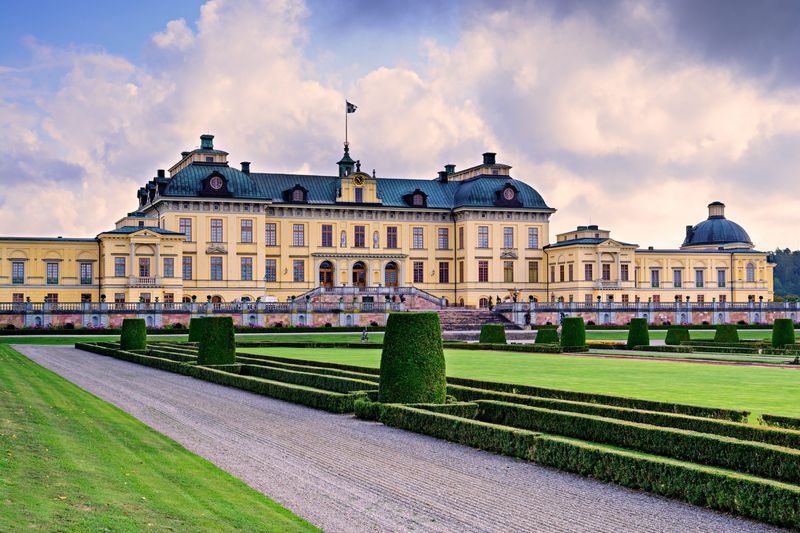
Drottningholm Palace, near Stockholm, Sweden, is the private residence of the Swedish royal family and a UNESCO World Heritage Site. Visitors can tour the exquisite rooms and the beautiful baroque gardens, which include a Chinese Pavilion and a historic theatre. An interesting fact: the palace was inspired by the Château de Versailles and has been home to Swedish royalty since the late 16th century. Its architecture and well-preserved interiors provide a captivating insight into European royal life, making it a cherished destination for history and art lovers alike.
Palácio Nacional de Queluz

The Palácio Nacional de Queluz, in Sintra, Portugal, is a splendid example of Rococo architecture. Once the summer residence of the Portuguese royal family, it offers exquisite rooms and gardens that captivate visitors. Highlights include the Throne Room, with its gilded decorations, and the serene gardens adorned with fountains and statues. An engaging fact: the palace is often referred to as “the Portuguese Versailles” due to its grandeur and style. Its rich history, artistic treasures, and exquisite design make it a must-visit for those exploring Portugal’s regal past.
Royal Palace of Amsterdam
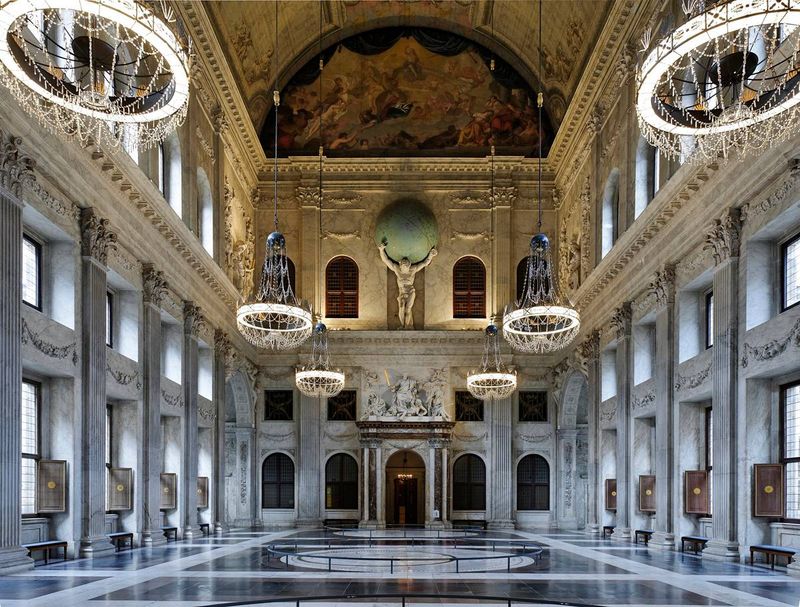
The Royal Palace of Amsterdam, originally built as a city hall in the 17th century, is now one of the Netherlands’ three palaces at the monarch’s disposal. Visitors can explore the opulent interiors, including the Citizens’ Hall with its impressive marble sculptures. A captivating detail: the palace was constructed during the Dutch Golden Age and has hosted numerous royal events. Its classic architecture and rich history make it a prominent landmark in Amsterdam. The palace’s blend of cultural significance and architectural beauty provides a compelling experience for travelers.
Blenheim Palace
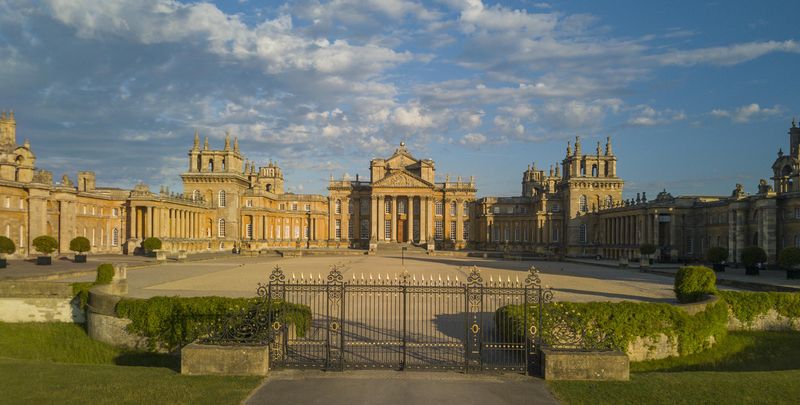
Blenheim Palace, located in Oxfordshire, England, is a monumental example of English Baroque architecture. It serves as the residence of the Dukes of Marlborough and was the birthplace of Winston Churchill. Visitors can explore the grand state rooms, filled with art and antiques, and wander through the extensive parkland designed by Capability Brown. A compelling fact: the palace, a UNESCO World Heritage Site, was gifted by Queen Anne to John Churchill, 1st Duke of Marlborough, for his military victories. Its historical significance and breathtaking beauty make it a must-visit destination.

